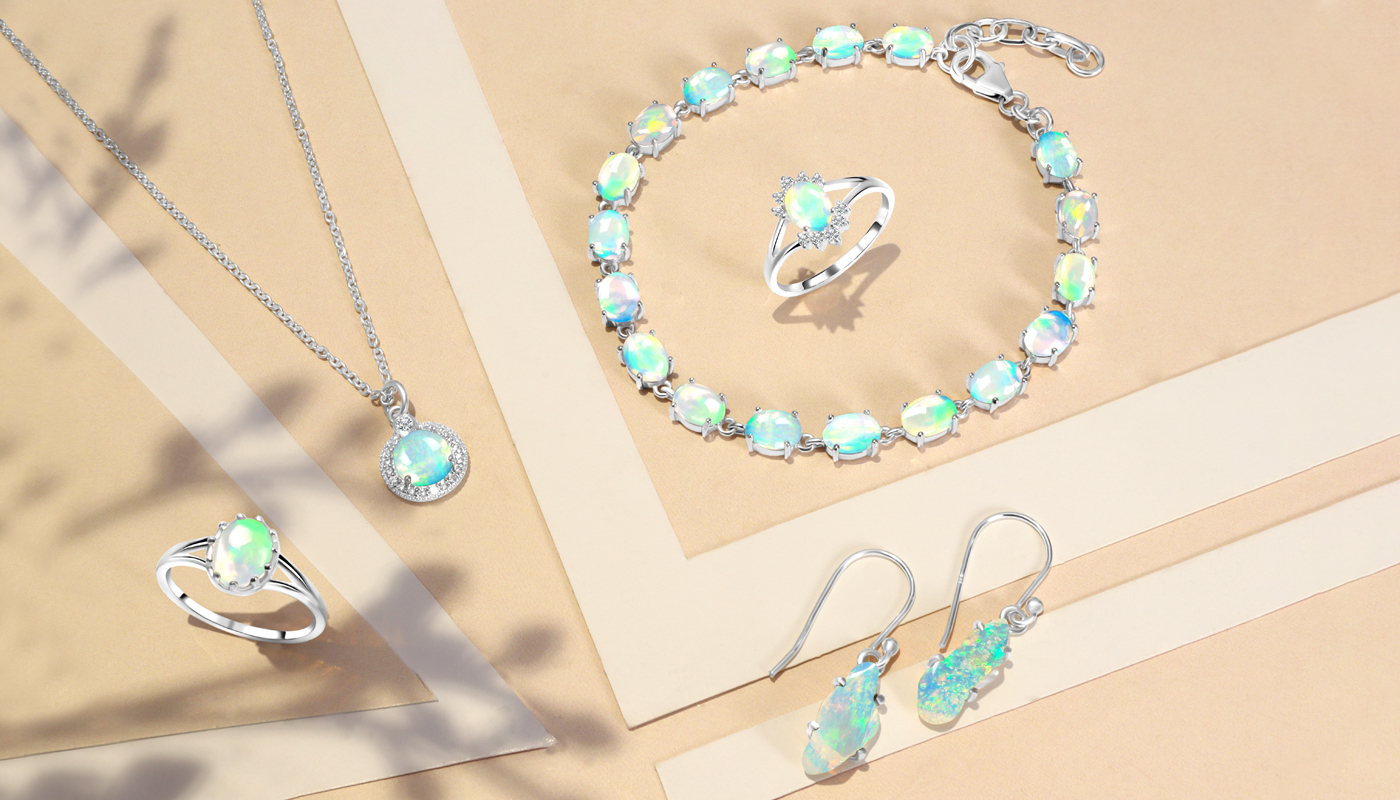The most common plumbing problems, especially in older homes, are clogged drains and toilet leaks. These can cause significant damage to your home if left unaddressed for too long. Fortunately, there are several simple steps you can take to avoid these problems.
Let’s dive into the most common plumbing problems and ways to avoid them!
-
Water Leaks
Water leaks are the most common plumbing problem, and can be caused by a broken pipe, cracked fitting or faulty valve. Leaks can cause damage to your home as well as cost you money in wasted water.
If you suspect that your plumbing system is leaking, there are several things you can do to locate the source of the leak:
- Check sinks and toilets for signs of dampness or moisture around their base. If your toilet is leaking into the bowl itself (and not just through a crack), this may also indicate that its seal has worn out over time.
- Check underneath sinks for wet areas on floors and walls. These might indicate a leaky faucet or drain line located nearby.
In addition to finding where leaks occur, it’s also important that they’re promptly repaired once discovered so that major damage doesn’t occur from undetected leaks over time.
-
Blockages
Blockages are one of the most common plumbing problems, and they can happen anywhere in a home. There are many causes of blockages, including hair, grease or food scraps. When a drain becomes blocked it will start to overflow with water and cause a blockage in your plumbing system. This can lead to serious problems if left unchecked for too long as it prevents waste from being removed from your home and creates an unpleasant smell that permeates throughout your home.
To prevent this from happening:
- Do not put anything other than human waste down the toilet – don’t flush paper towels or sanitary products down the toilet at all; these items do not dissolve like toilet paper does and can cause blockages if flushed regularly over time.
- Don’t let any hair, food or grease go down the drain since they may eventually block the drainage system.
- Clean out drains regularly by using baking soda followed by vinegar (put some baking soda down first then pour some vinegar on top).
-
Damaged Piping
If your pipes are damaged, you will likely see signs of this damage before the leak occurs. The most common signs of a damaged pipe include pinhole leaks and mold in the walls of your home. It is also possible that you’ll find dried-out patches on floors or walls where water has been leaking for some time.
If you notice any of these problems, it’s important to contact a plumber or professional contractor right away so they can come out and inspect your home’s plumbing system. From there, they can determine whether it’s safe to fix any issues themselves or if they need to call in an expert who specializes in this area (such as an electrician).
-
Cracked Heaters
Sometimes, it’s not the pipes that need to be repaired, but rather the radiators themselves. If you notice a crack in your radiator or heaters, this is a serious problem that should be addressed immediately. Not only does it look unsightly and potentially dangerous (especially if you have small children), but it can also cause fires.
To avoid these problems and make sure your radiators are working properly check for cracks on all of your radiators at least once a year to make sure there are no issues before they become more severe problems later on down the road. If there are any visible cracks in any of them, get them fixed right away. This will prevent any leaks from occurring in the future which could result in serious damage, such as flooding.
-
Faulty Float Valves
A float valve is a device that can be used to regulate the flow of water in your toilet. If you’ve ever wondered why your toilet bowl doesn’t refill after you flush, check the float valve first. Float valves can become faulty if they are not cleaned regularly, so make sure to give yours a good scrub down every few weeks. To check for faulty wiring or loose parts, follow these steps:
- First, turn off the water main and drain any excess fluid from your tank by flushing it several times with no more than half an inch (1 cm) of water remaining at the bottom.
- Next, remove all screws from around your existing float system until only one screw remains attached to its mounting bracket along with its corresponding nut — this will be located on top near where water enters into it (you may need someone else’s help doing this).
- Finally, once everything’s been removed carefully, lift off any worn-out pieces using pliers or other tools before replacing them with brand-new ones.
You can avoid plumbing problems by keeping them clean and checking them regularly.
If you want to avoid plumbing problems, then keep your plumbing clean and check it regularly. You shouldn’t ignore small problems in the pipes or fixtures of your home, because they can turn into big problems if not addressed right away. Don’t wait until it’s too late before calling a plumber — it’s much better to be safe than sorry. If you don’t know how to fix something yourself, don’t try, call a professional instead.














